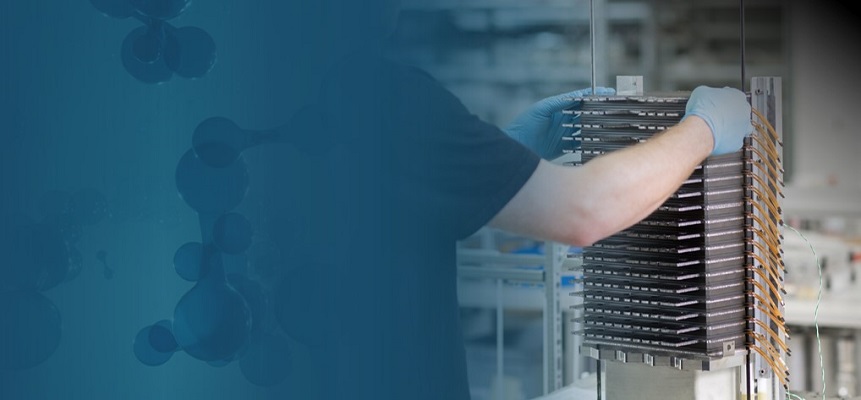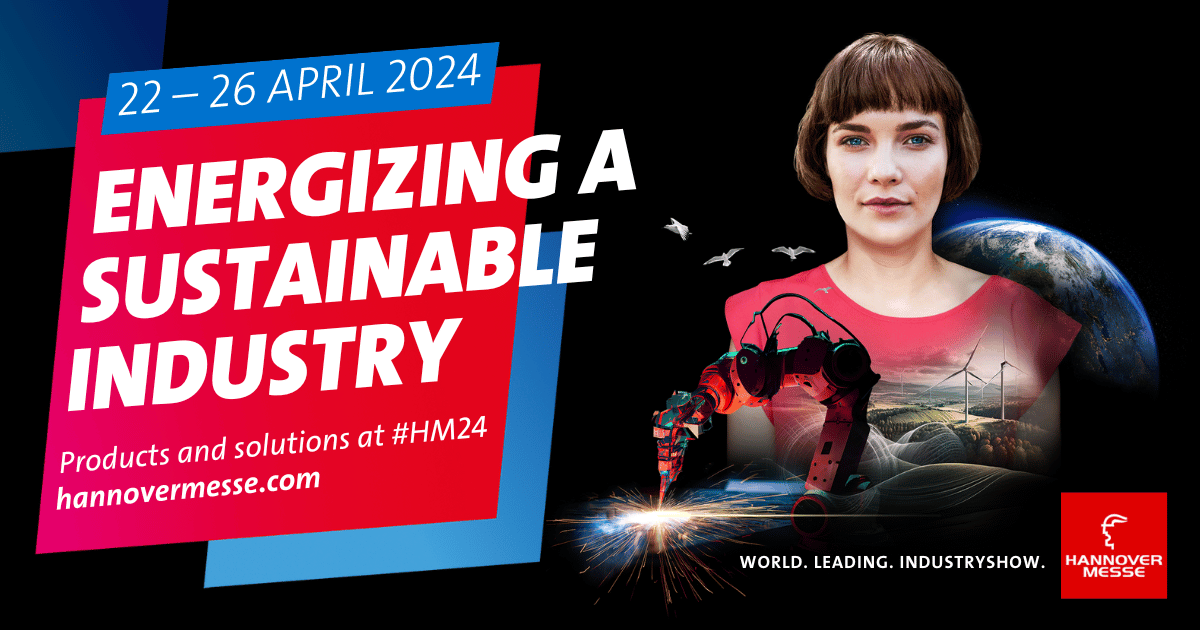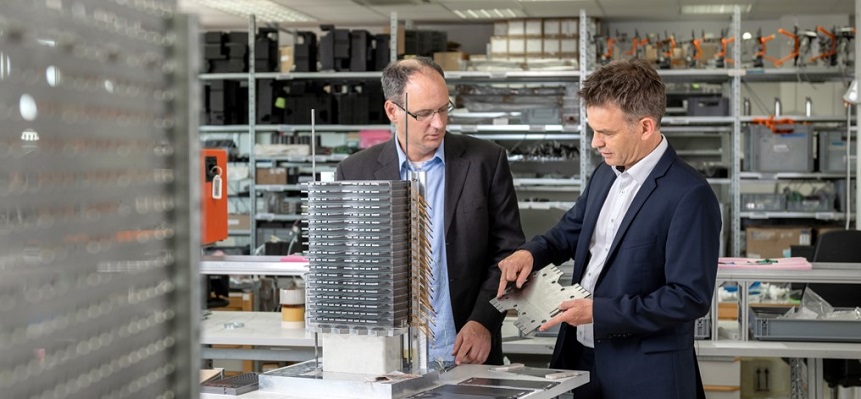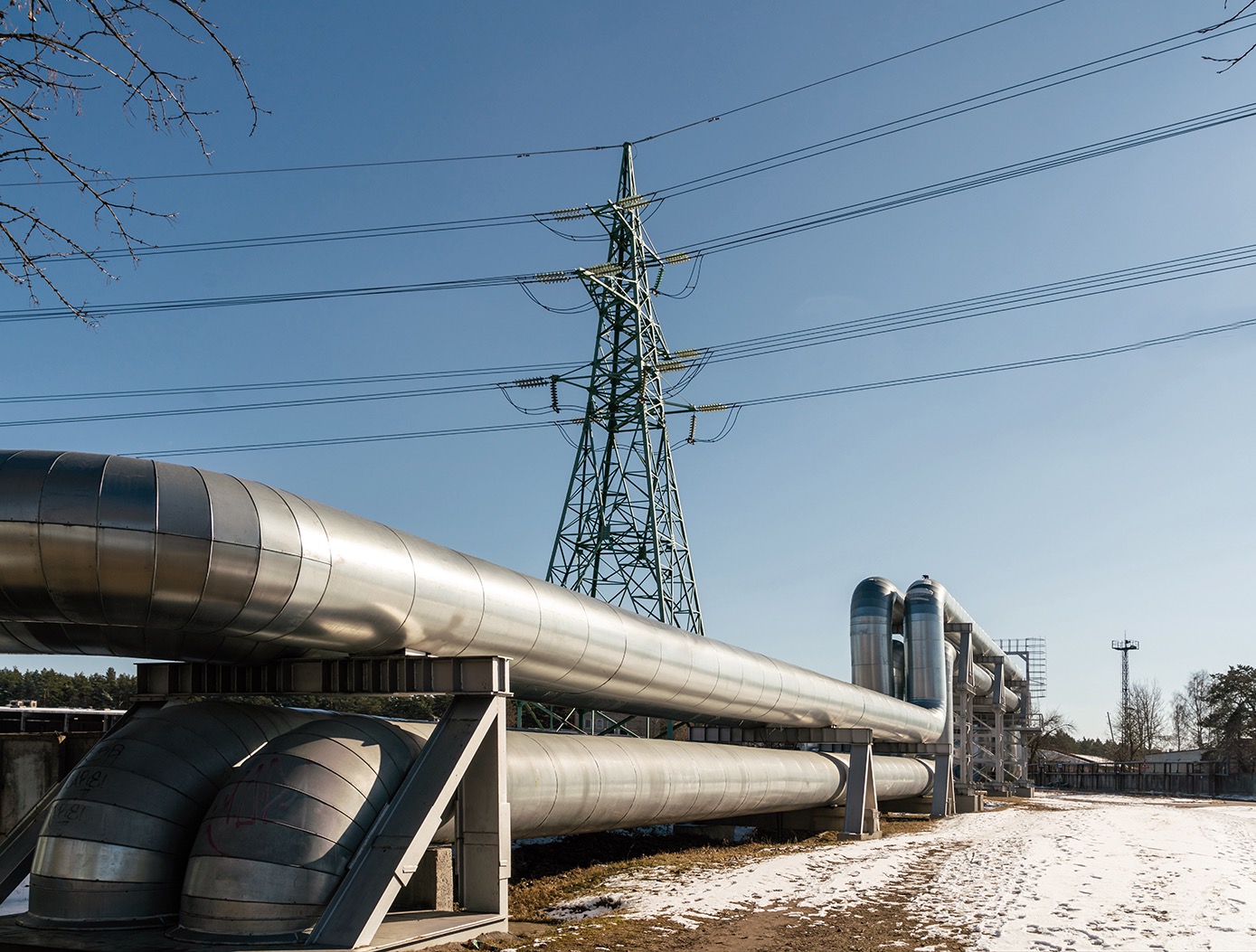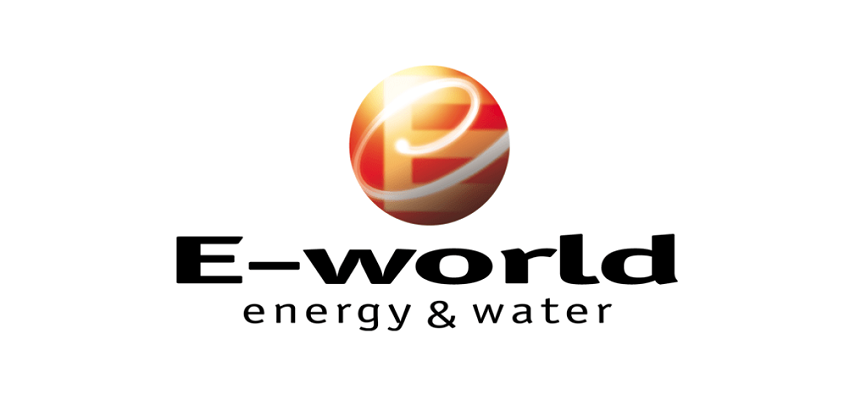SIQENS, a pioneer in the field of hydrogen and fuel cell solutions, and the Australian science organization CSIRO are cooperating. The purpose of the collaboration is to build a demonstration unit for electrochemical hydrogen separation (EHS). The unit will be installed at the CSIRO’s new Hydrogen Technology Development Center in Melbourne, Australia.
At the CSIRO Hydrogen Technology Development Center in Melbourne, a SIQENS stack is already being used to test the separation of hydrogen from gas streams with high and low levels of hydrogen. In the meantime, a complete demonstration plant is on its way from Munich to Melbourne. Electrochemical hydrogen separation is a technical solution to address one of the key challenges of hydrogen infrastructure: last-mile distribution.
The SIQENS EHS technology is built around the SIQENS HT-PEM stack (high temperature polymer membrane), which is serially included in the SIQENS Ecoport fuel cell product range. As such, the stack has been in commercial operation for over five years. While is currently used for power generation within the fuel cell systems, the technology also allows for separation and purification of hydrogen in gas streams.
Energy-efficient and scalable separation and purification of hydrogen
On the stack membrane, a specially developed catalyst identifies and attracts hydrogen molecules in hydrogen-containing gas streams that are fed into the system. Introduction of a small amount of electricity splits the hydrogen molecules into single hydrogen protons and free electrons.
The membrane is designed to allow only hydrogen protons to pass through. By re-joining on the other side, they combine to hydrogen molecules. The process yields high purity hydrogen, capable of being used in the chemical industry, for network decarbonization projects or fuel cell electric vehicles (FCEVs).
Launching the commercial deployment of the first EHS unit in Australia
The collaboration between CSIRO and SIQENS targets the commercial deployment of the first EHS unit in Australia. This includes end use applications for green hydrogen with the goal of leveraging the existing gas network infrastructure for low-cost hydrogen transportation.
Its National Hydrogen Strategy undermines Australia’s strong focus on becoming a leader in the global market for hydrogen and hydrogen-related technologies by 2030. The gas networks industry has thereby been among the early movers, with multiple operators undertaking renewable hydrogen-natural gas blending demonstration projects in several states.
Leveraging the existing natural gas infrastructure for hydrogen transportation
The primary objective of these developments is to leverage the existing natural gas storage and transport infrastructure, simultaneously realizing the decarbonization benefit of substituting renewable hydrogen for a portion of natural gas. The blended gas mixture can in many cases be immediately applied in place of pure natural gas.
Down- and midstream extraction of hydrogen via EHS – for example for use in drive and compression turbines or mobility applications – has the potential to increase network decarbonization effects and provide green hydrogen in areas with the highest carbon-savings impact.
About CSIRO
Over nearly a century, CSIRO has been improving the lives of people everywhere with science. As Australia’s national science organization, it works with industry, government and the research community to turn science into solutions that address Australia’s greatest challenges. This includes food security and quality; clean energy and resources; health and wellbeing; resilient and valuable environments; innovative industries; and a secure Australia and region.
The CSIRO Hydrogen Industry Mission was formally launched in May 2021. It will help build Australia’s clean hydrogen industry by scaling demand and driving down hydrogen cost to under $2 per kilogram to deliver a secure and resilient energy system and support Australia’s transition to a low emissions future.
About SIQENS
SIQENS, founded 2012 in Munich, is a leading provider of methanol fuel cells and technology for electrochemical hydrogen separation (EHS). The Company’s methanol fuel cell product line (Ecoport) supplies clean energy in remote areas or backup power to critical applications.
Built on its patented high-temperature polymer electrolyte membrane (HT-PEM) technology portfolio for power generation, SIQENS offers solutions to separate and purify hydrogen at the point of use from several feed gases – as from hydrogen-blends in natural gas pipelines or reformate gases from methanol or biogas. The SIQENS technology portfolio addresses the challenge of last-mile hydrogen distribution: Driving the decarbonization of power generation, transportation, and industry by reducing the cost of hydrogen delivery.
